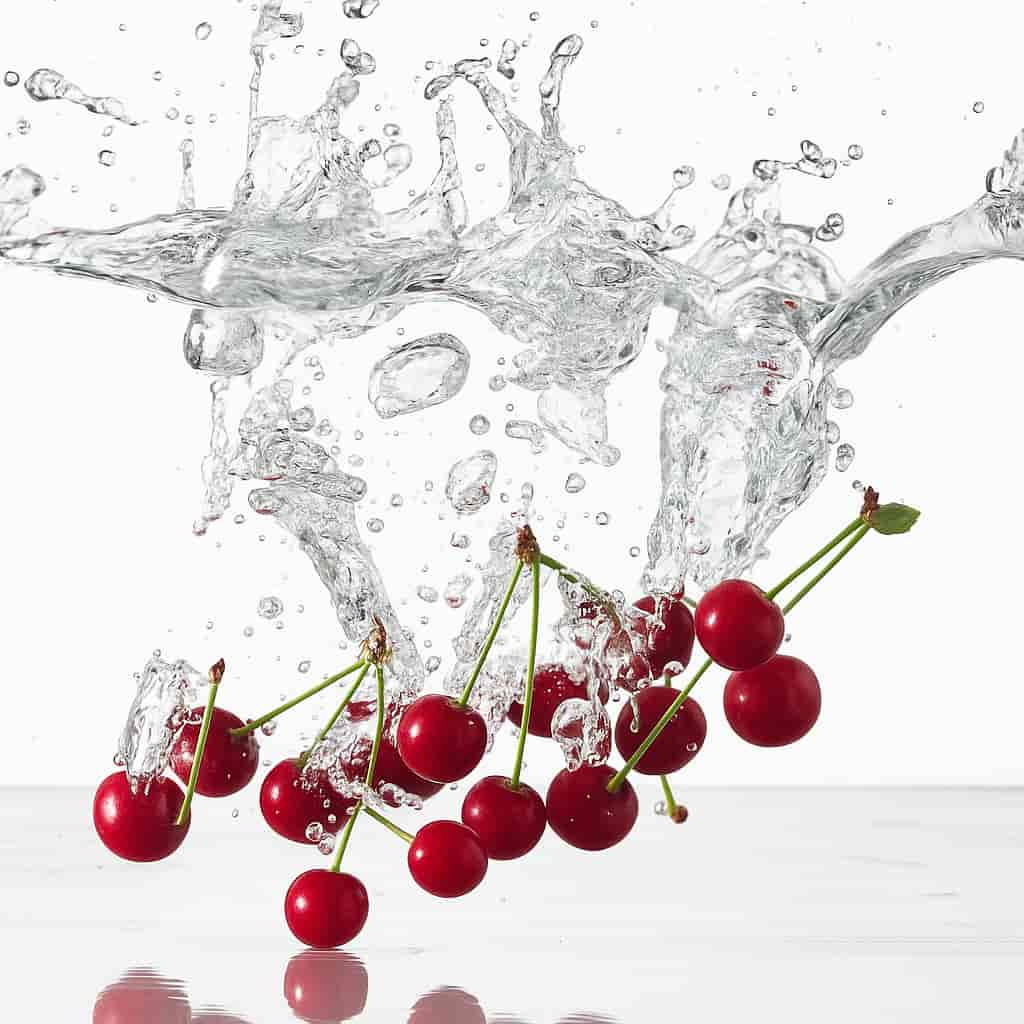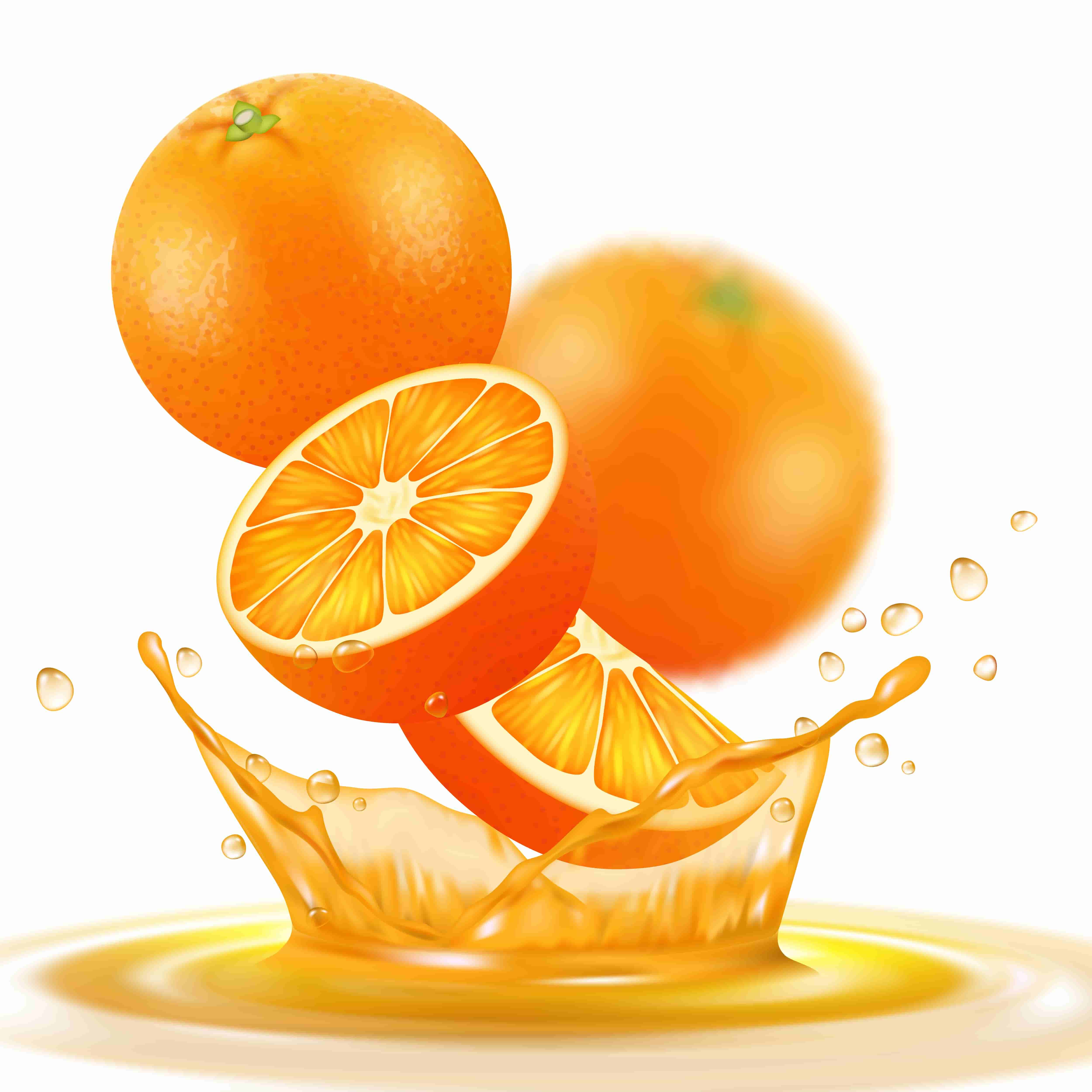Green Grape Concentrate
Green Grape Concentrate: Introduction, Features, and Applications
Product Introduction
Green grape concentrate is a natural and dense product made from fresh, ripe, and healthy green grapes. By reducing the water content of the grapes, it preserves their mild flavor, pleasant aroma, and natural light color. Green grape concentrate is widely used in various food industries such as beverages, desserts, confectionery, and dairy products, and is especially favored in the production of health-oriented foods due to its high nutritional value.
Technical Features
Appearance and Color:
The concentrate should have a clear, bright, and uniform color, typically ranging from light green to yellowish-green. It should not contain suspended particles, cloudiness, or discoloration.
Taste and Aroma:
The flavor should be natural, mildly acidic yet sweet, and in line with the taste of green grapes. The aroma must be fresh, fruity, and pleasant, with no signs of sourness, fermentation, or unpleasant odors.
Sugar Content (Brix):
The Brix level typically ranges between 65 and 70, indicating a high concentration and balanced sweetness.
Acidity and pH:
The acidity generally ranges from 1.8% to 2.8%, and the pH falls between 3.2 and 4. These values help maintain a pleasant taste while ensuring product safety and stability.
Shelf Life and Storage Conditions:
When stored in standard packaging, in a cool, dry, and dark place, green grape concentrate has a shelf life of up to 2 years. Exposure to humidity, heat, or direct sunlight can reduce its quality.
Packaging:
The product is usually packaged in food-grade metal drums, plastic tanks, or vacuum-sealed bags in various volumes. All packaging must comply with food safety and hygiene standards.
Product Applications
Production of natural, carbonated, or industrial fruit juices
Preparation of light desserts, jellies, ice creams, and dairy-based products
Used in confectionery, pastries, and cakes
Making fruit sauces, special dressings, and ready-to-eat blends
Utilized in health-focused and kid-friendly food products
Conclusion
Green grape concentrate, with its fresh flavor, natural color, and high nutritional value, holds an important position in the production of high-quality food products. It plays a vital role in enhancing product variety and promoting healthy food options in both domestic and export markets.
Read more





.jpg)
.jpg)
.jpg)

.jpg)
 35 (1).jpg)


.jpg)

